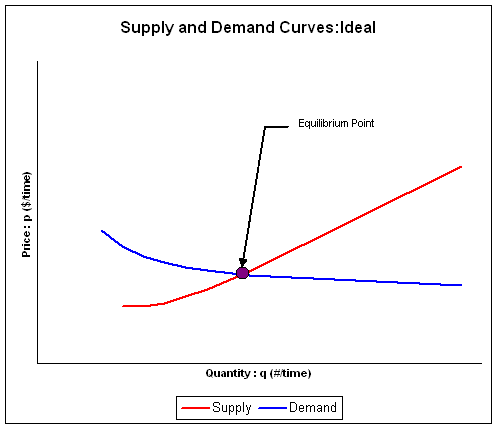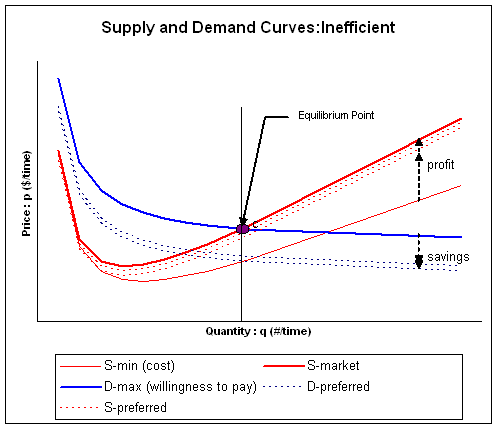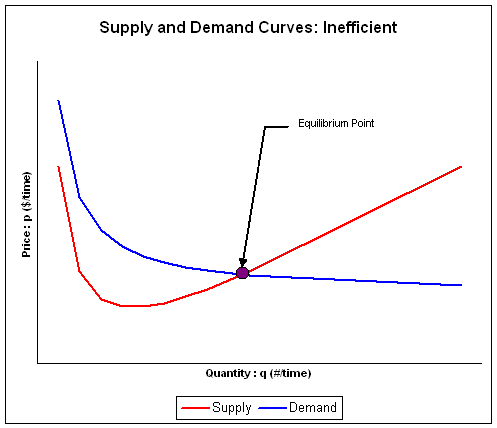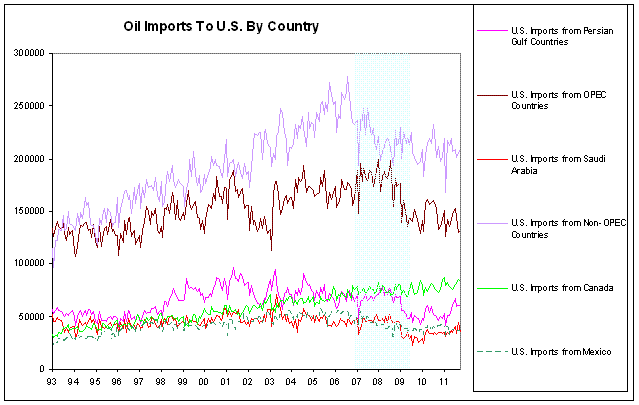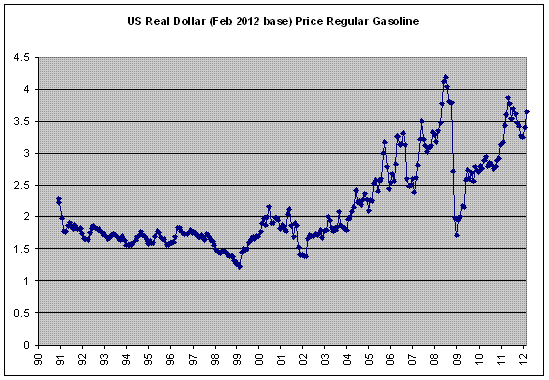- Thread starter
- #41
So if I make 1 million dollars profit in the US
and I send those profits to an off shore account
I will never have to pat taxes on it?
If you can claim the income is to an off-shore partner or subsidiary, or if you can on-paper expense income to said entity, you won't have pay taxes on it. I didn't say anything about an off-shore account.
While they were recording record profits last year, they were also writing checks to Uncle Sam to the tune of $100.7 billion -- two and a half times what they made in net profit. In fact, previous Tax Foundation research found that from 1977 to 2004, federal and state governments extracted $397 billion by taxing the profits of the largest oil companies and an additional $1.1 trillion in taxes at the pump. In today's dollars, that's $2.2 trillion.
Are you claiming that oil companies pay a 250% ("two and a half times what they made in net profit") tax rate, not 8%? That $100.7 billion figure is bogus, and your link doesn't tell where the number comes from (it does, but their link is dead).
Oh, gas "taxes at the pump" are taxes on the oil companies? I think that's taxes on consumers.
No what the link claims speaks for its self
I make decisions on this matters after DD.
I could not agree with you more, the consumer pays for it all, not just at the pump
So with that said why is it our president and many on the left feels as though the "rich" corporations do not pay enough in taxes?

